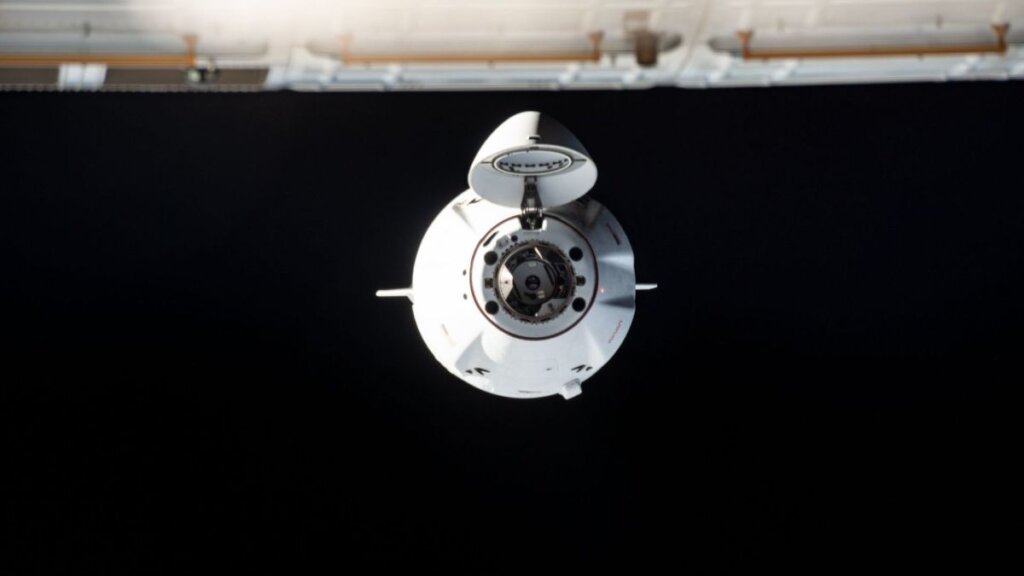
SpaceX Dragon breaks 2 space shuttle orbital records (Image Credit: Space.com)
SpaceX’s Dragon capsule is now flying in very rarefied air indeed.
Dragon has set multiple American spaceflight records during its latest mission, a robotic resupply run to the International Space Station (ISS) for NASA that lifted off on Monday (June 5) and arrived at the orbiting lab Tuesday morning (June 6).
This is the 38th mission to the ISS to date for a SpaceX capsule, besting the 37 such flights that NASA’s space shuttle orbiters racked up, SpaceX noted on Twitter Wednesday (June 7).
Related: 8 ways that SpaceX has transformed spaceflight
And that’s not all.
On Tuesday, “the Dragon 2 fleet’s cumulative time in space surpassed the space shuttle fleet’s time with 1,324 total days in orbit!” SpaceX added in another Wednesday tweet.
Dragon 2 is the latest iteration of the reusable capsule, which SpaceX began flying in 2020. There are crewed and uncrewed Dragon 2 variants. Crew Dragon has now flown 10 astronaut missions, most of them six-month trips to the ISS for NASA.
The current resupply mission, known as CRS-28, is the eighth for the cargo version of Dragon 2. Such robotic cargo runs tend to last three to four weeks apiece.
In addition, the earlier Dragon 1 cargo capsule launched 22 times between December 2010 and March 2020, making it to the ISS on 20 occasions. (The first flight, in December 2010, was a test to Earth orbit that did not attempt a rendezvous with the orbiting lab. SpaceX also suffered a launch failure during a robotic ISS resupply mission in June 2015.)
NASA flew five different space shuttle orbiters on a total of 135 missions from 1981 until the program’s end in 2011. Two of those vehicles were lost, along with their seven-astronaut crews, in tragic accidents: Challenger in January 1986 and Columbia in February 2003.
The space shuttles helped build the ISS, which did not host its first astronauts until November 2000. The orbiting lab has been continuously occupied by rotating crews ever since.
Unlike Dragon, there was no uncrewed variant of the space shuttle; the iconic winged vehicle was designed to be piloted by people.








